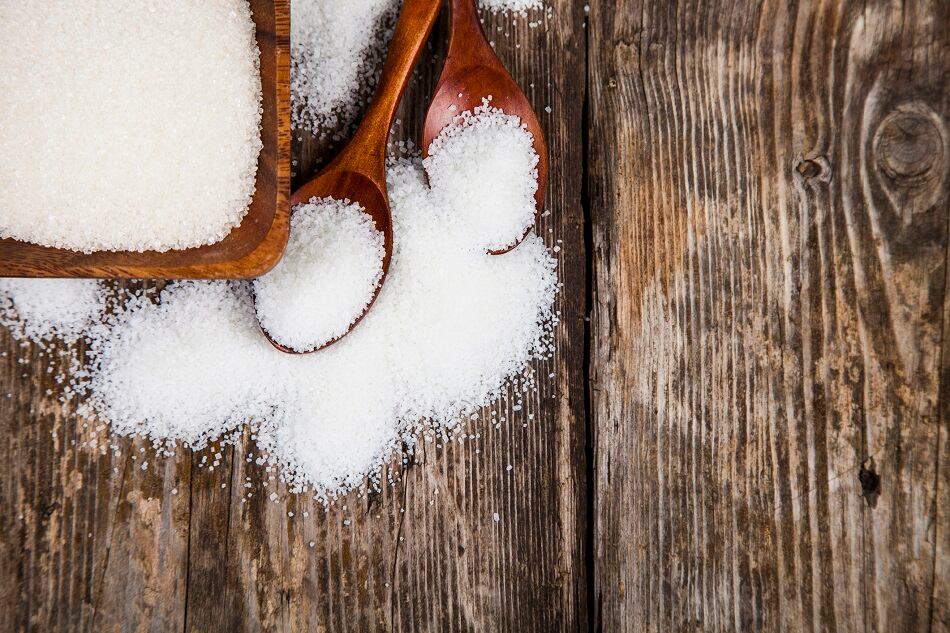"Tagatose is a sweetener that exhibits almost identical tastes and textures of sucrose, or table sugar. However, tagatose has many fewer calories than sucrose -- about 40% of sucrose," Yong-Su Jin, a University of Illinois professor of food science and human nutrition, who led the research team that engineered the yeast strain.
"In addition, it does not increase blood glucose levels as much as sucrose or fructose. The glycemic index of tagatose is 3, which is much lower than that of sucrose, 68, and fructose, 24. As such, tagatose carries a lower risk for developing Type 2 diabetes and other diseases caused by rapid and repeating glucose increases in blood," Jin added.
Engineering 'tiny tagatose factories'
Despite its health advantages for the increasing number of consumers looking to cut down sugar intake, efficient, cost-effective production of tagatose had been an industry roadblock.
According to Jin, tagatose has a high manufacturing cost that has kept it from wide commercial use. Although it is naturally present in fruits and dairy products, the concentrations are too low to isolate tagatose effectively, Jin added.
Traditional manufacturing methods involve a multi-step enzymatic process that converts galactose -- a component of lactose -- into tagatose. Jin further explained that the enzyme reaction is hyper inefficient meaning that only 30% of galactose is converted into tagatose, forcing manufacturers to use an expensive process to remove the tagatose from the galactose mixture.
The team of researchers used the internal machinery of yeast cells as "tiny tagatose factories" (similar to how ethanol manufacturers use yeast to produce fuel from corn). The researchers were then able to engineer a strain of yeast that produces tagatose from lactose by making two genetic tweaks. First, they took out a gene that let the yeast use galactose as cellular fuel during lactose metabolism. Second, they added two genes that convert galactose into tagatose.
When the yeast is fed lactose, its own metabolism drives it to produce a solution that is 90% tagatose -- much higher than the 30% yield from traditional manufacturing. Yeast reactors also operate on much larger scales than enzyme-based ones, which could allow for efficient mass production of tagatose, Jin said.
A market for whey byproduct?
The Greek yogurt renaissance which took the US market by storm over the past decade -- which has since cooled off -- has also led to a lot of acid whey waste (the combination of water and lactose that is strained out of the final yogurt product).
According to Jin, the yeast-based process his team has engineered is able to use whey indirectly, possibly giving Greek yogurt manufacturers a solution to unload their whey waste.
"Due to the recent popularity of Greek yogurt, the disposal of whey is an issue in the dairy industry. We hope our process can be used to resolve the surplus whey problem. As our yeast fermentation-based approach allows a higher product ratio and the direct use of inexpensive dairy waste, we expect that the production cost of tagatose can be significantly reduced," Jin said.
According to Jin, with the development of an efficient yeast-based process, the possibilities for tagatose in finished consumer products are endless.
"With further metabolic engineering, we can produce other valuable products from the lactose abundant in whey, using our engineered yeast strain," Jin said.
The research was supported by The Energy of Biosciences Institute and the US Department of Energy.
What is the market potential for a low-calorie sweetener derived from lactose? Pose your any of your sugar reduction questions to a panel of industry insiders during FoodNavigator-USA's FREE-TO-ATTEND webinar: The Sweet Spot: Reducing Sugar Without Reducing Taste on April 30th. Register HERE!





